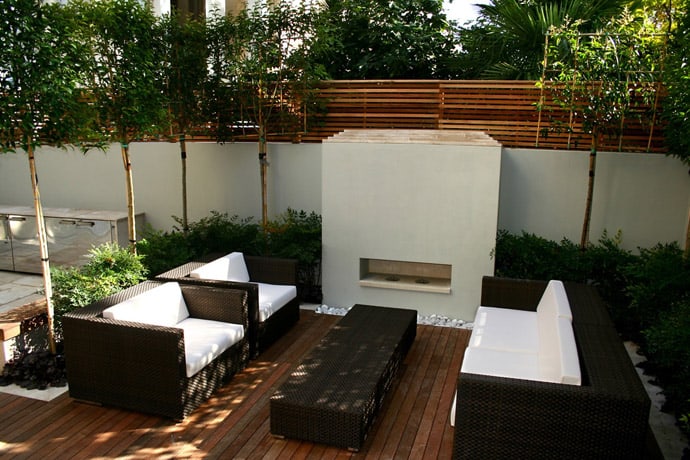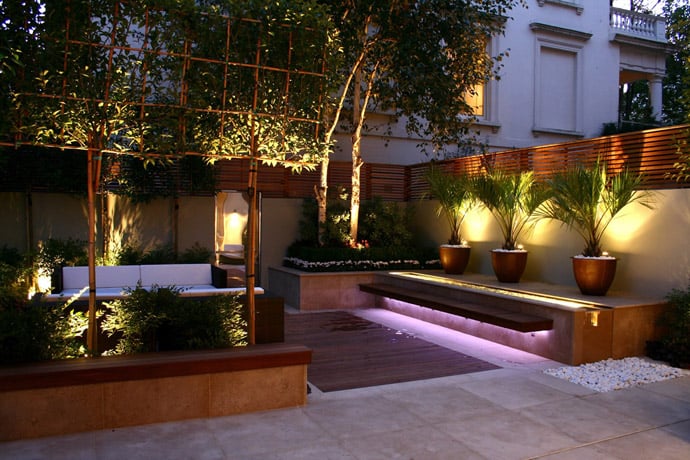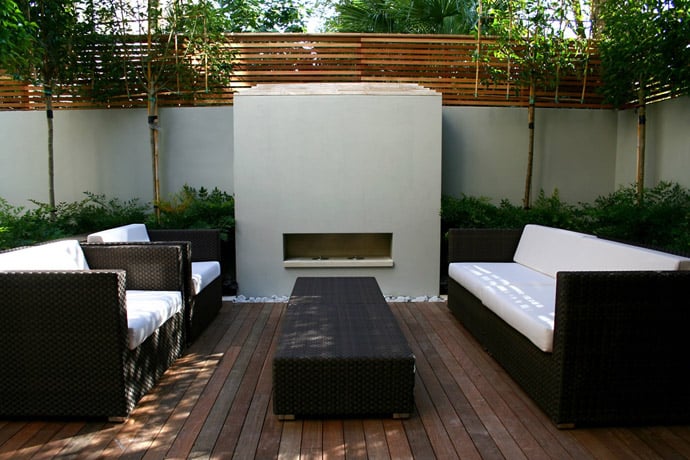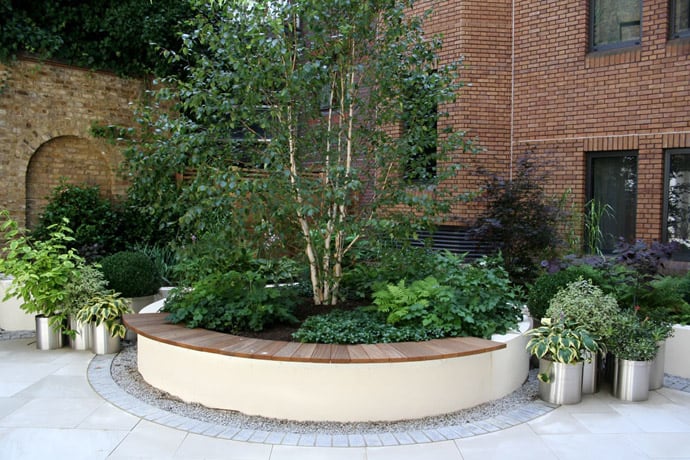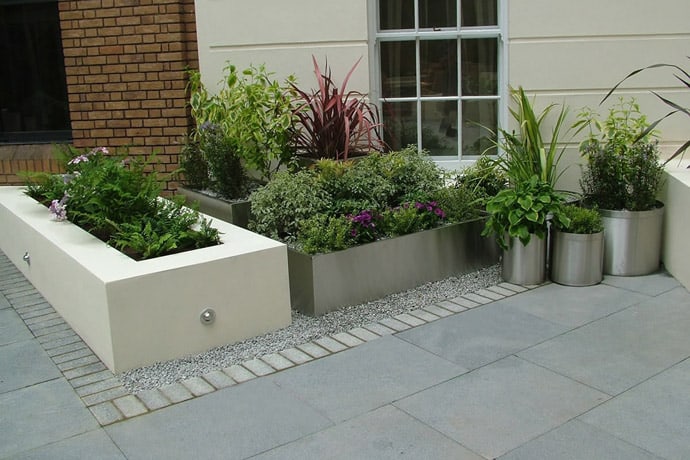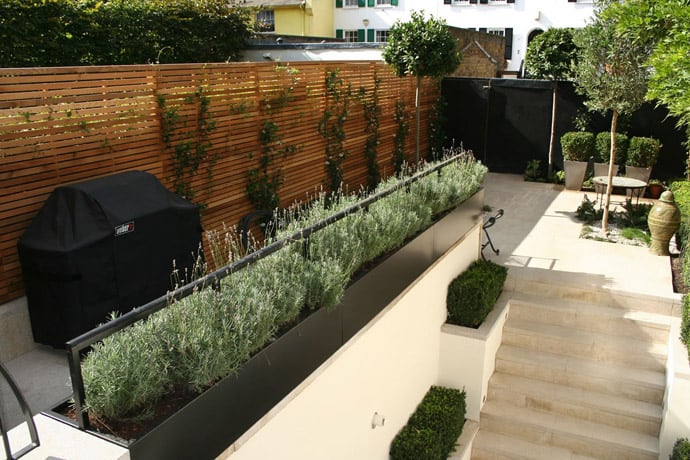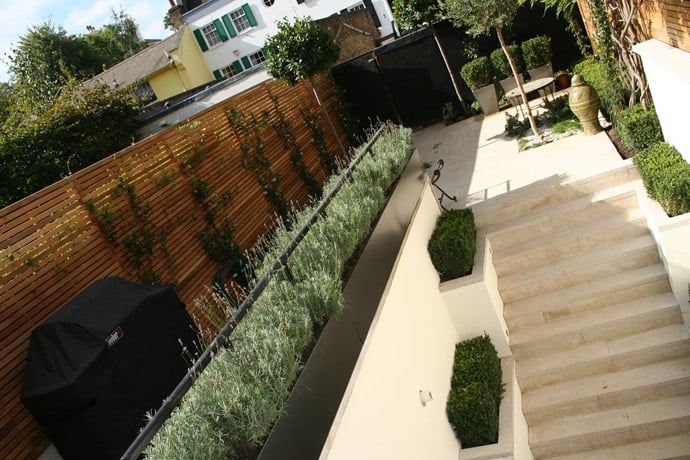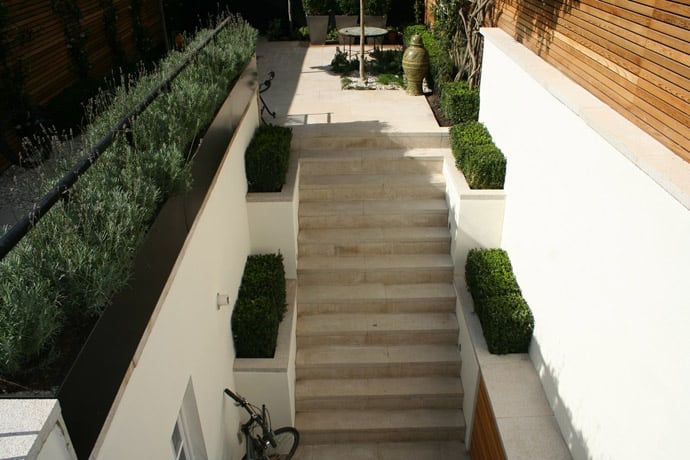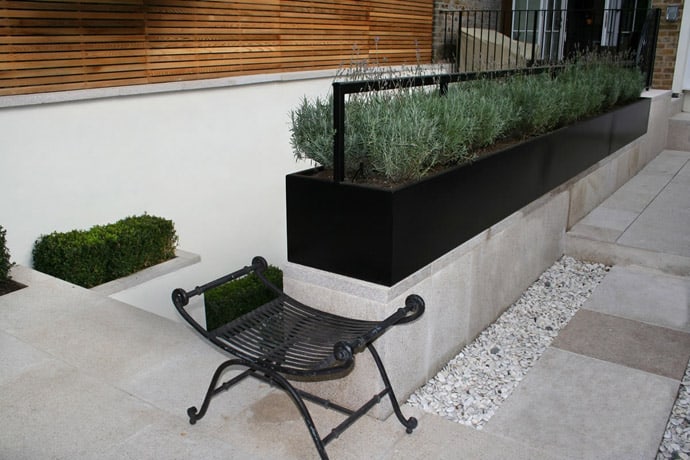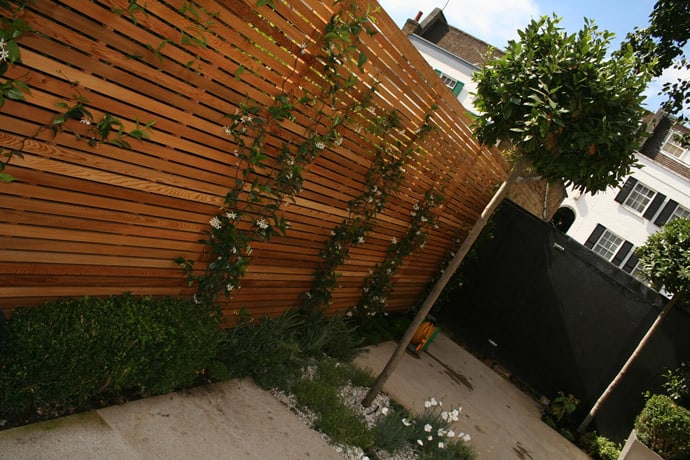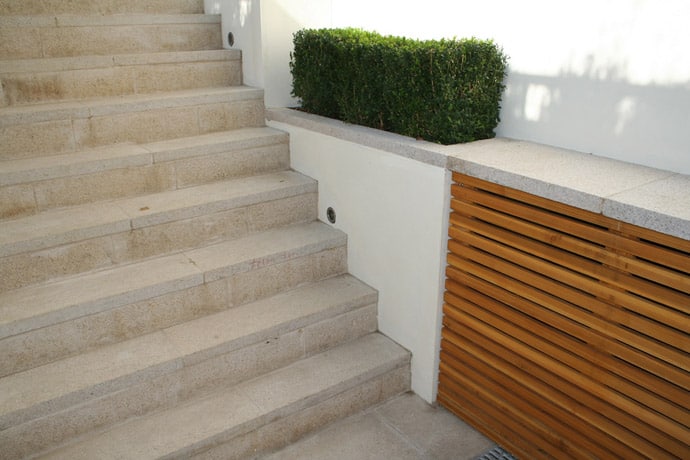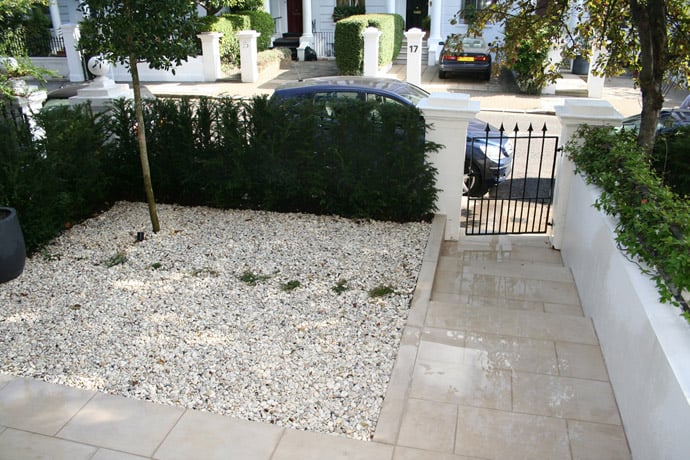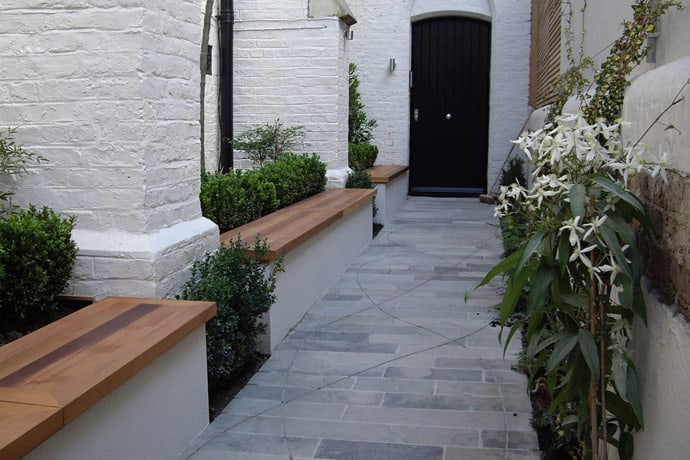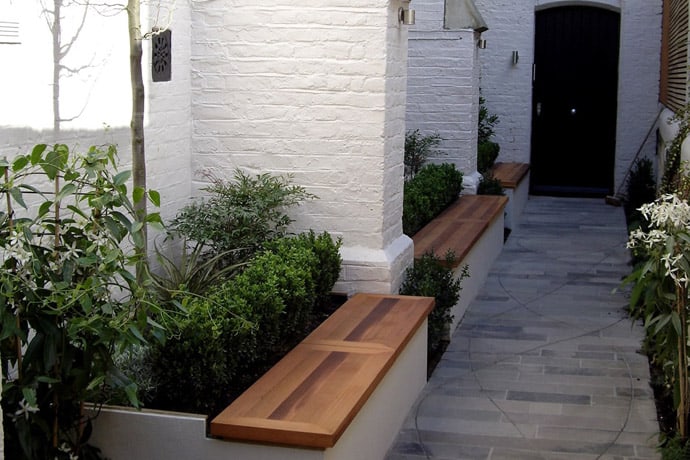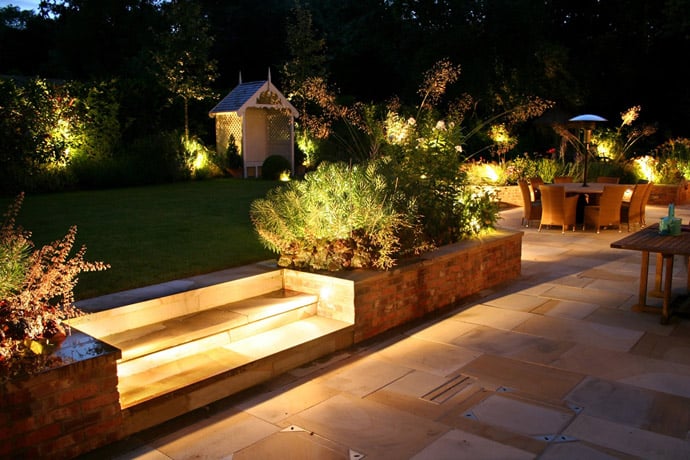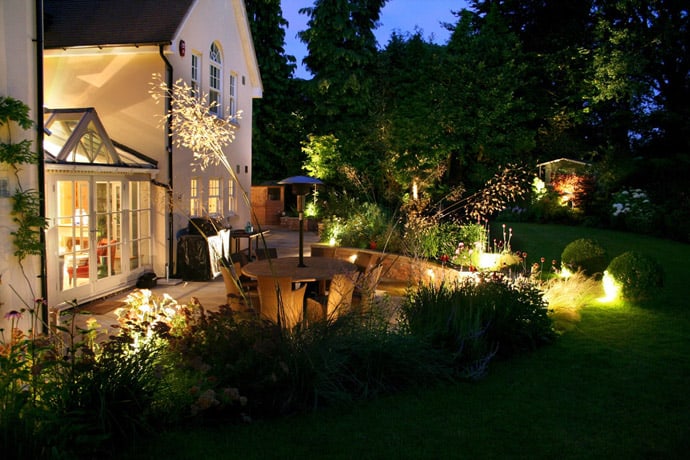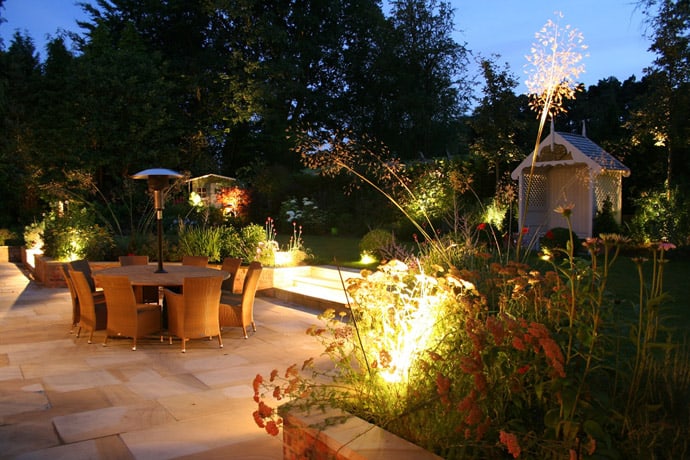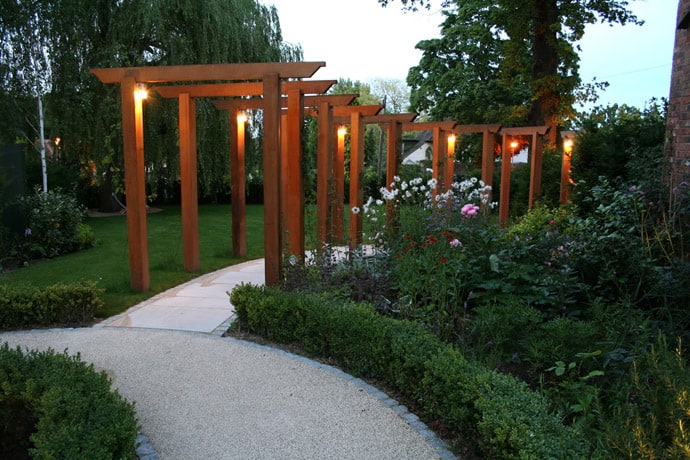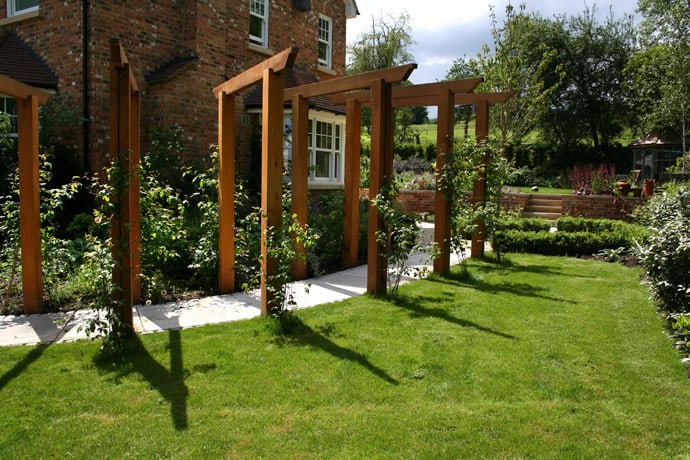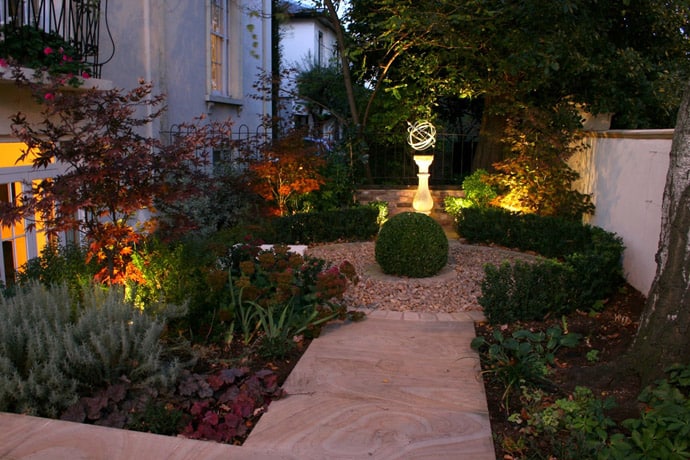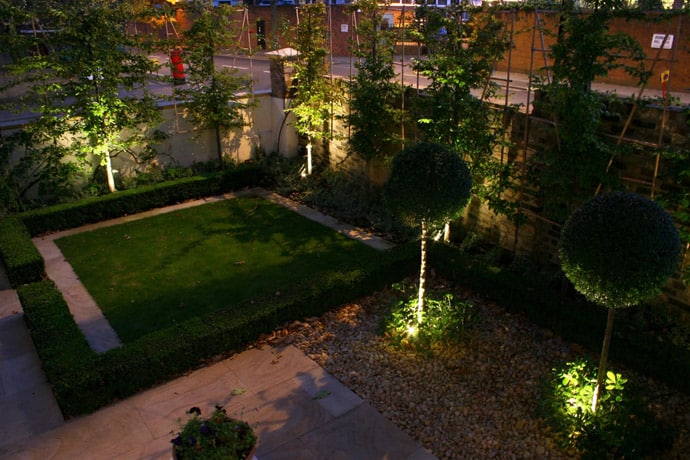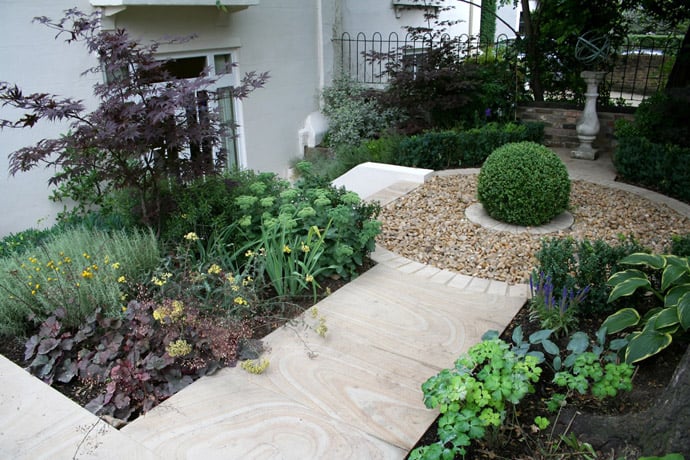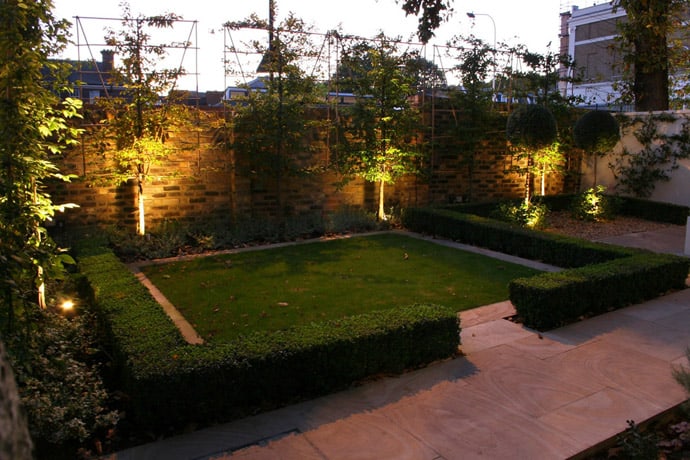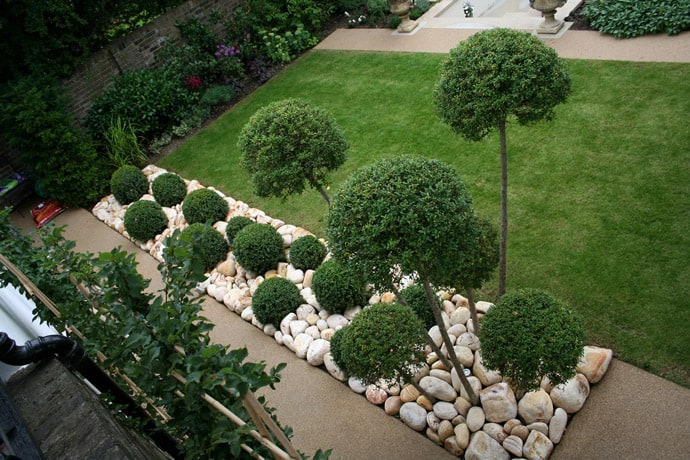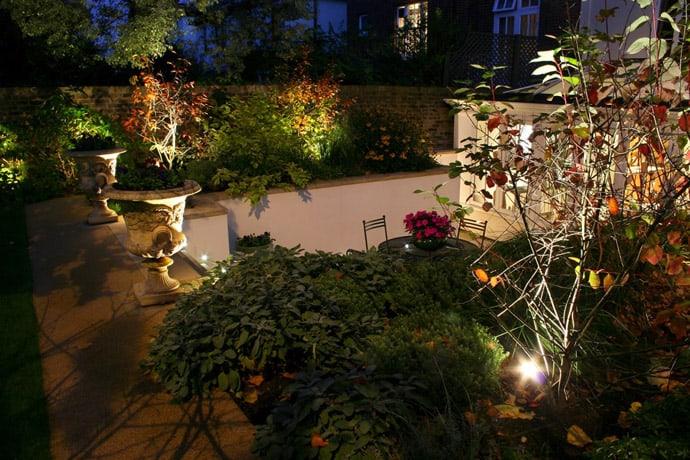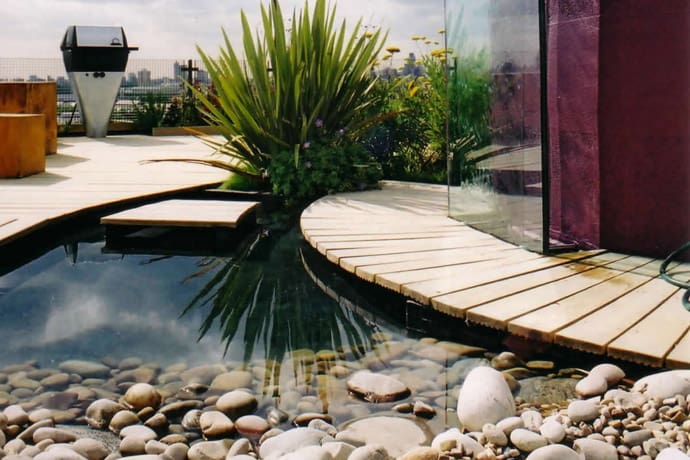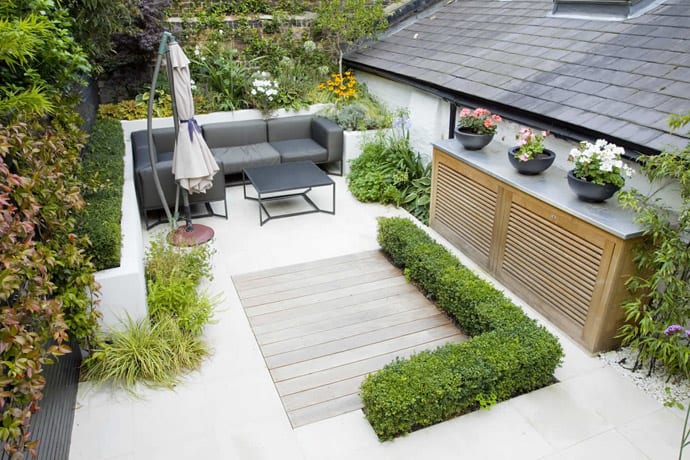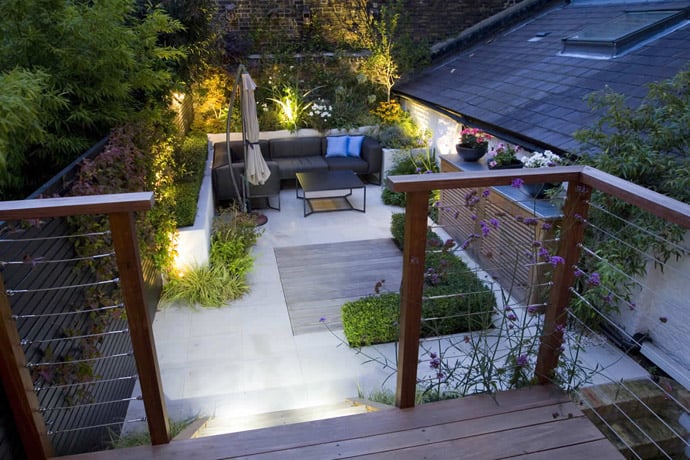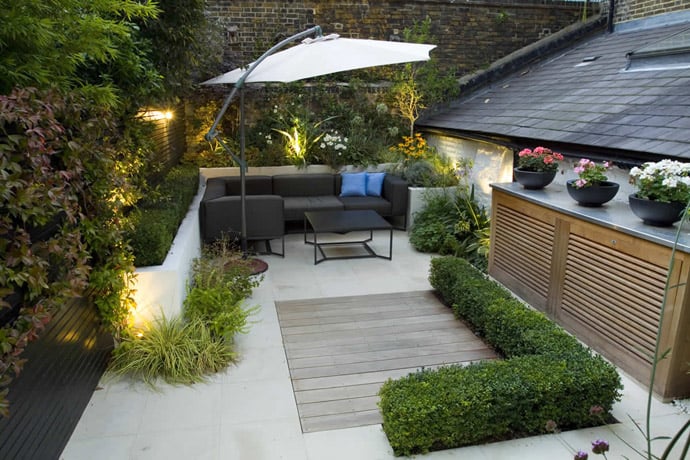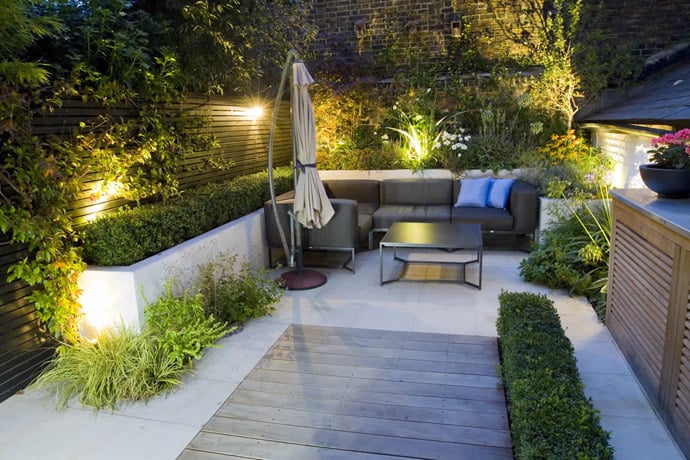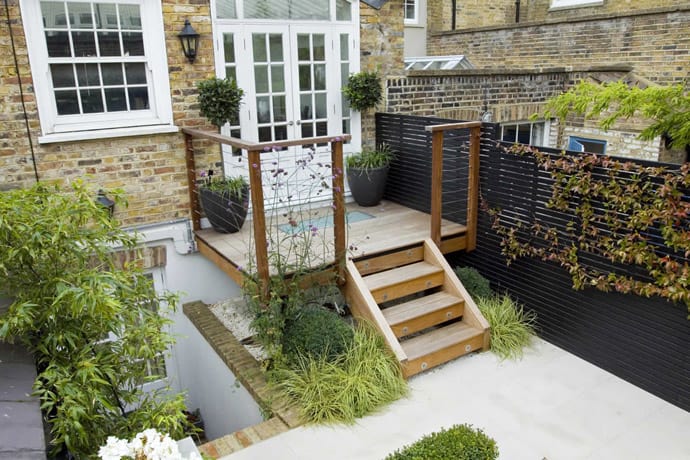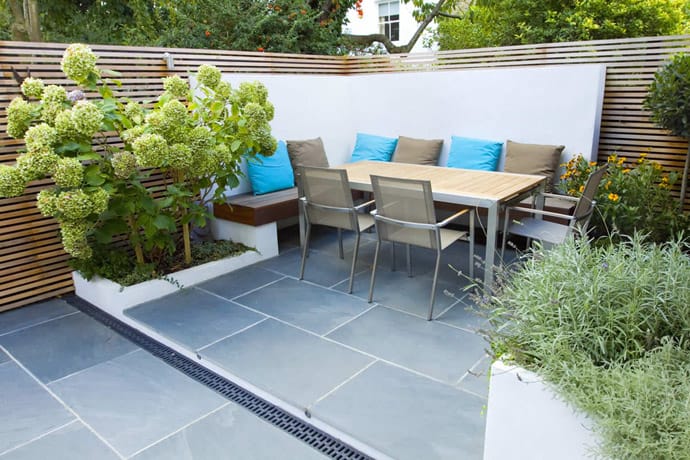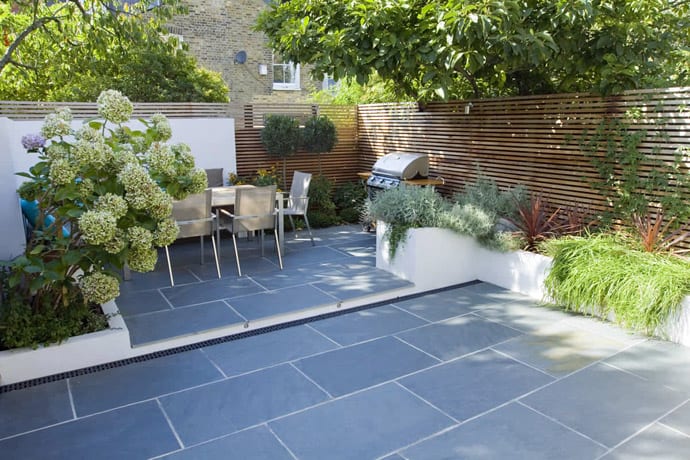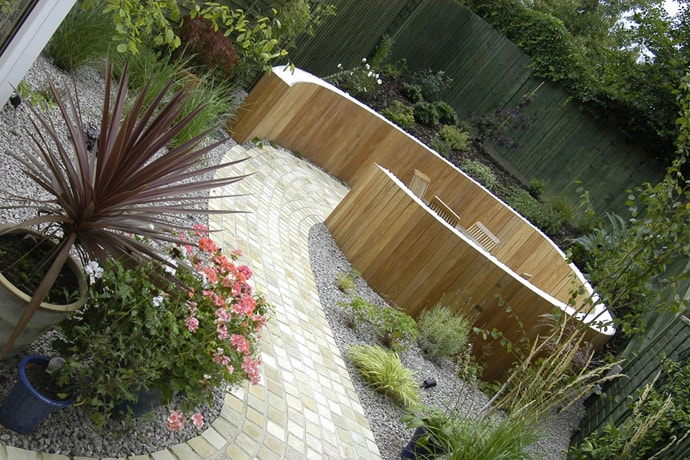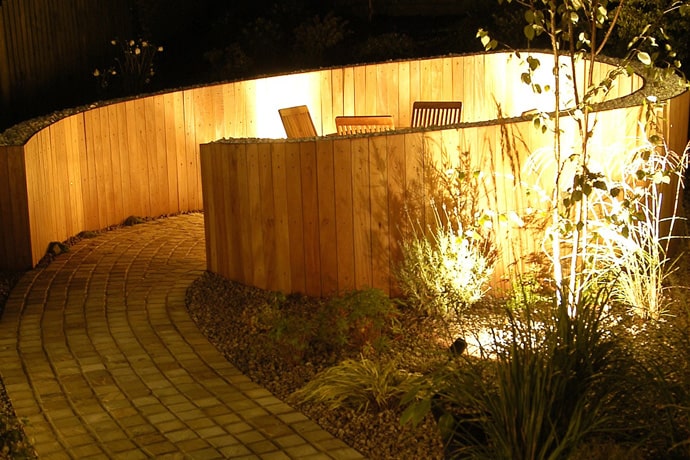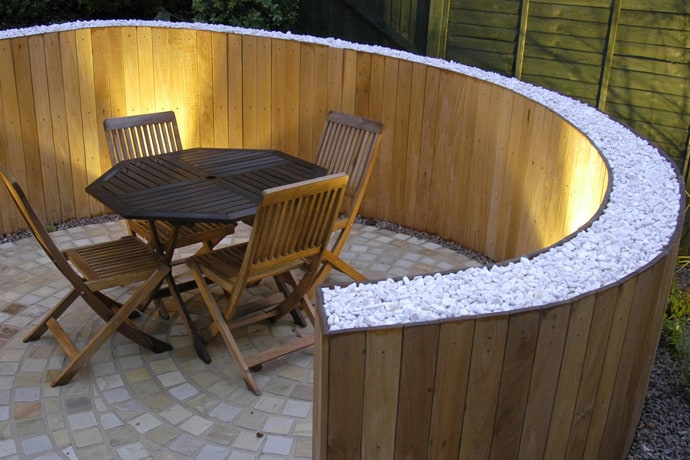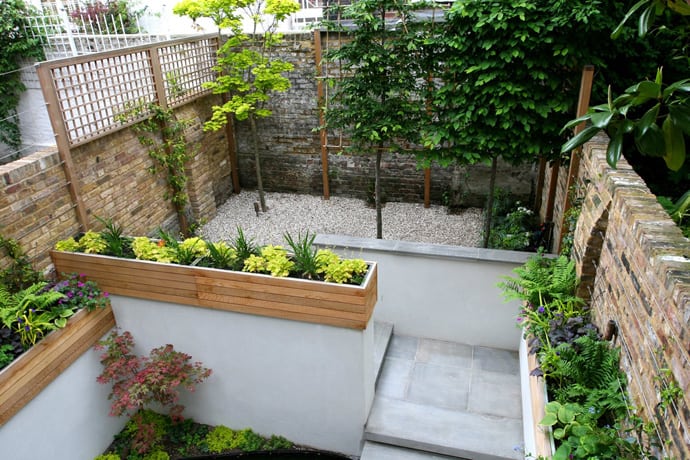Look on Garden Builders and you’ll find plenty of inspiration. The contemporary garden has gained popularity lately. I think this is due to the increase of modern housing with small gardens as well as the cultural shift towards contemporary design. This style of garden can be defined by the use simple design lines, with focus on hard landscaping materials: stone, hardwood, rendered walls. Planting style is bold but simple with the use of drifts of one or two plants that repeat throughout the design. Lighting effects also play an integral role in the modern garden. Subtle lighting effects can be achieved with the use of carefully placed low voltage LED lights incorporated into paving and walls.
Whether a garden is designed by a professional or an amateur, certain principles form the basis of effective garden design, resulting in the creation of gardens to meet the needs, goals and desires of the users or owners of the gardens.
Many of the great gardens of history and today possess a location that is topographically significant and has a suitable microclimate for plants, a well-designed connection to water, and rich soil.
A garden’s location has a substantial influence on the garden design.
A textured surface “made up of loose gravel, small pebbles, or wood chips is much more satisfactory visually” than a smooth surface.
There are broadly three types of walling material: stone, either random or coursed, brick, and concrete in its various forms. It is good to determine what color, size, and texture will be most appropriate for the garden before actually building the wall.
Garden furniture may range from a patio set consisting of a table, four or six chairs and a parasol, through benches, swings, various lighting, to stunning artifacts in brutal concrete or weathered oak.
The amount of available light is a critical factor in determining what plants may be grown. Sunlight will, therefore, have a substantial influence on the character of the garden.

